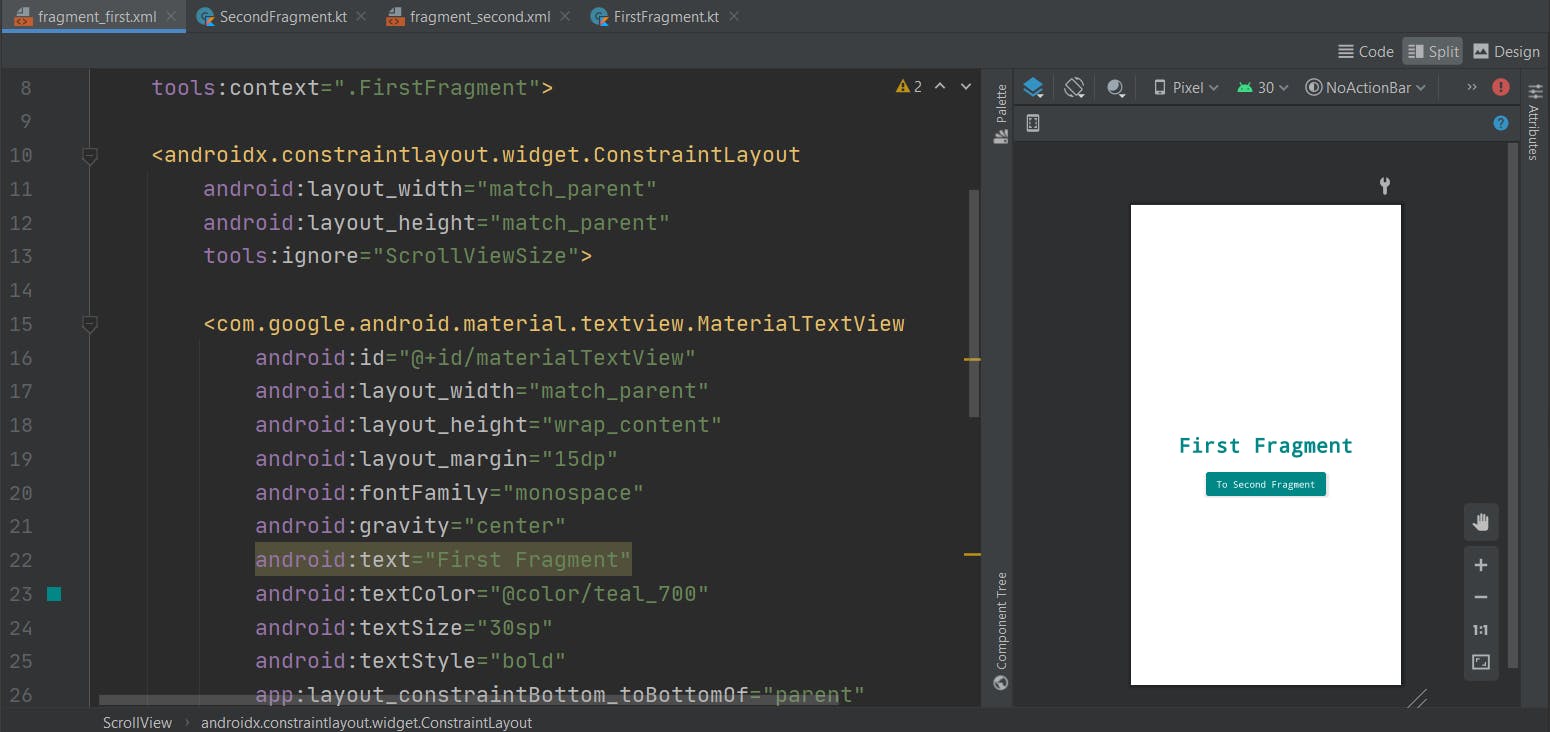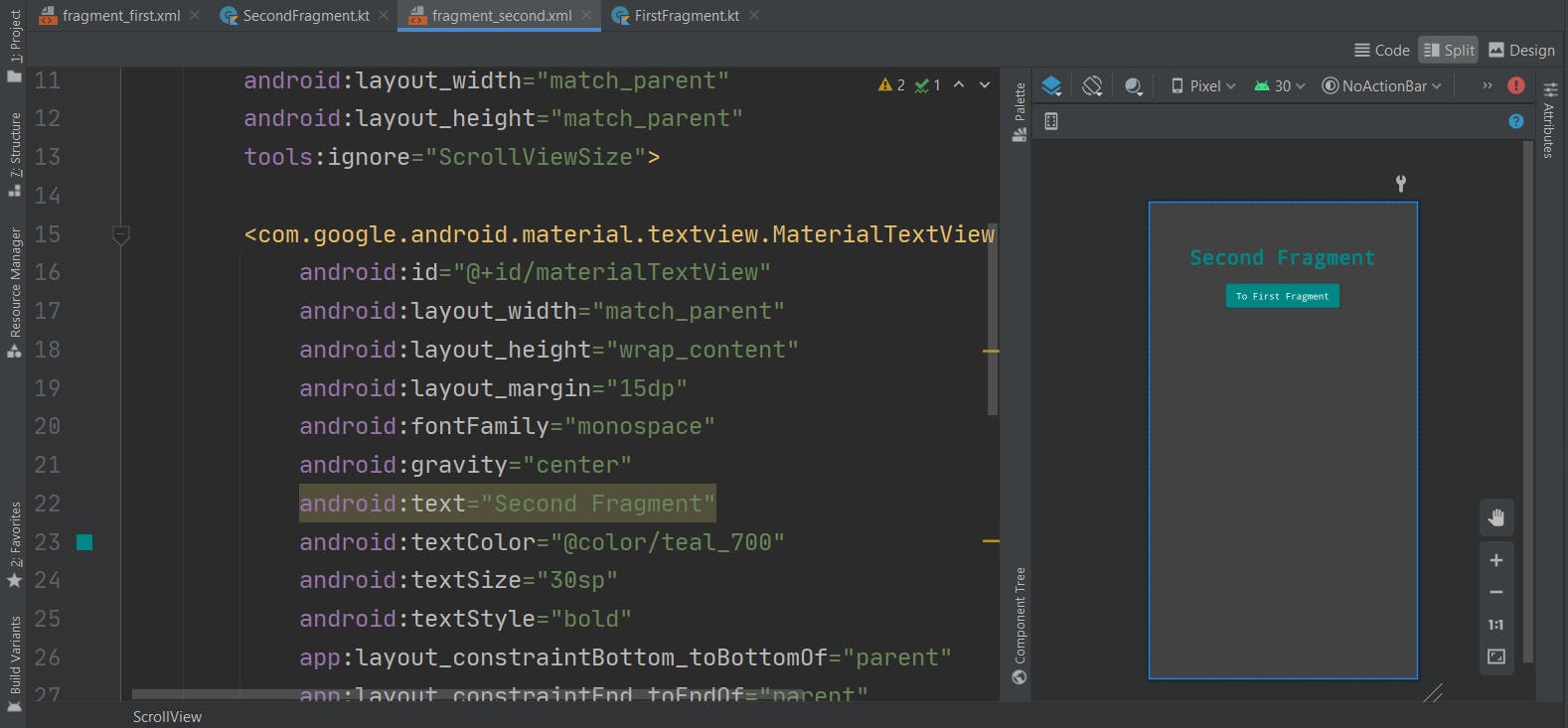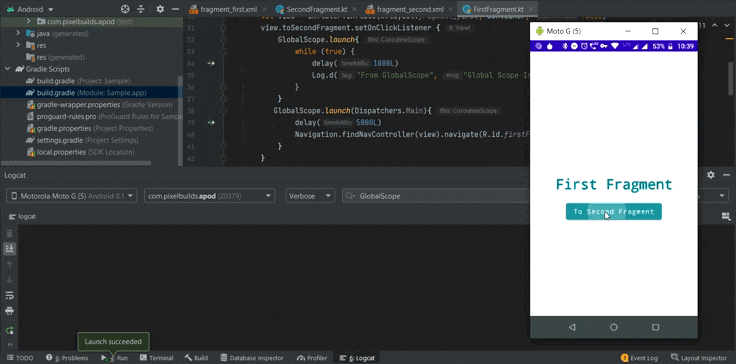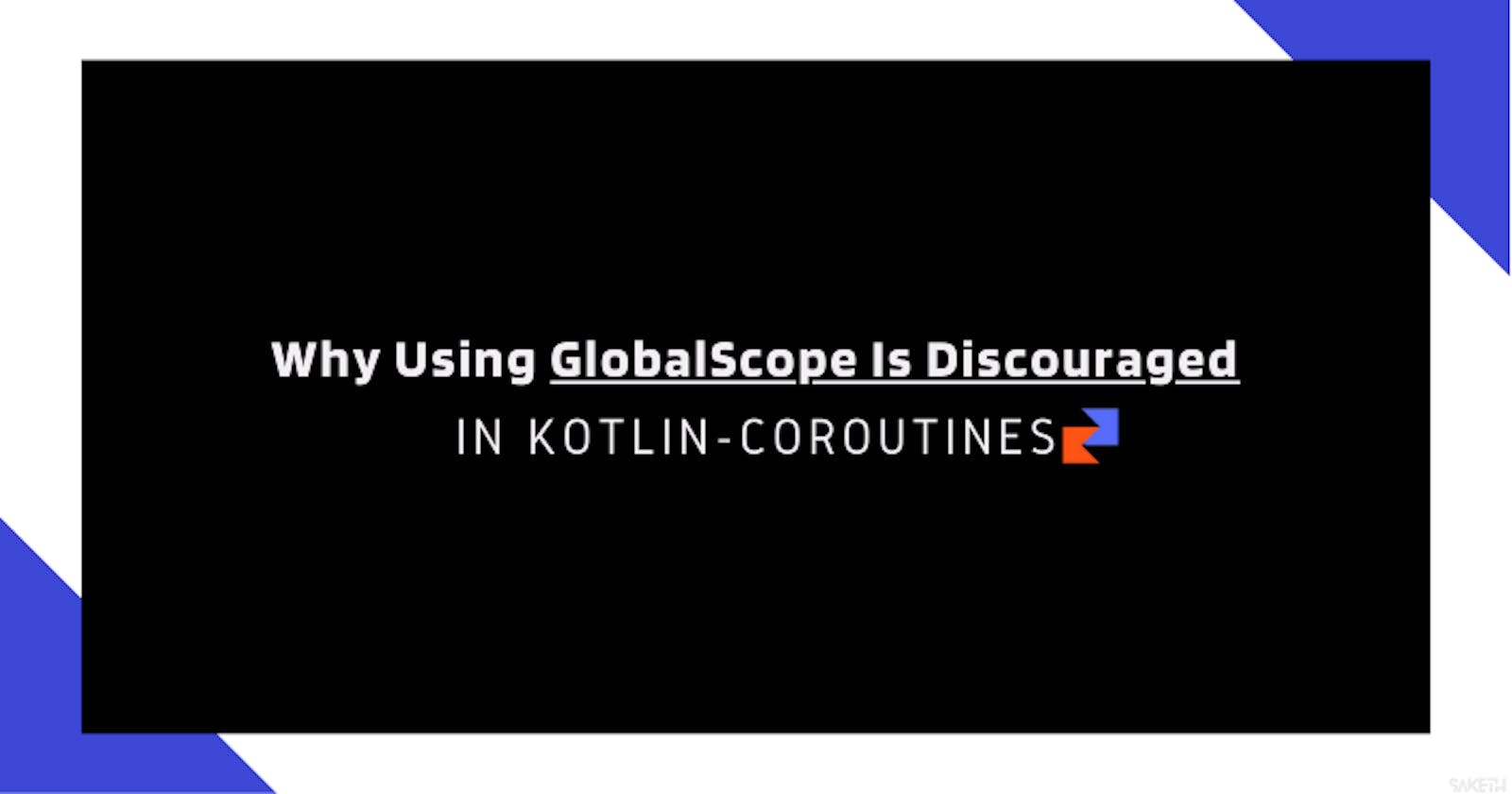Why Using GlobalScope Is Discouraged In Kotlin-Coroutines?
This Is Why You Shouldn't Use GlobalScope every time!
Why Using GlobalScope Is Discouraged?
- When We Use
GlobalScopeTo Launch A Coroutine It Will be Launched In Top-Level Coroutine As It's Global And It Will Be Remained Until Your Application Is Dead.
In Other Words:
If You Are Using
GlobalScopeTo Launch A Coroutine It Will Be Alive Until Your Application Is Dead Even You Have Skipped The Particular Activity || Fragment Where That Particular Corotuine Has Been Launched.As You Already Know That Coroutines Are Light-Weight But Still It
Will Consume Some Memory ResourcesWhile It's Running For Sure, Which May Cause Memory Leaks In Your Application.
Solution
- You Can Use Pre-Defined Scopes Such As
lifecycleScope{...}And If You Are Working With ViewModel(s) You Can UseviewModelScope{...}To Launch A Coroutine And Get Started.
Practical Difference
Let's Test With Both GlobalScope{...} And lifecycleScope{...} For Better Understanding
- I Have Created Two Fragments And Added Navigation Between Both Fragments Through Navigation Component.
First Fragment's XML:

Second Fragment's XML:

Time For The Truth🔥
Before Moving To Further Make Sure That You Have Included Coroutines Dependency If It's Not Included:
implementation 'org.jetbrains.kotlinx:kotlinx-coroutines-android:1.5.0'
In First Fragment's Kotlin File:
With GlobalScope{...}
Primarily Coroutine Will Be Launched Asusal With
GlobalScope{...}When Button Is Pressed.When Button Will Be Pressed An Infinite Loop Will Run With A Second Delay every time.
After 5 Seconds Delay, Second Fragment Will Be Launched As You Can See Below In The Code:
view.toSecondFragment.setOnClickListener {
GlobalScope.launch{
while (true) {
delay(1000L)
Log.d("From GlobalScope", "Global Scope Is Still Running")
}
}
GlobalScope.launch(Dispatchers.Main){
delay(5000L)
Navigation.findNavController(view).navigate(R.id.firstFragment_to_secondFragment)
}
}
- Now Launch The Application After A Successful Build:

As You Can See That Even Though First Fragment Has Dead Our Loop Still Continues As We Declared Our Scope As
GlobalScope{...}Which Will Continues To Run Until Our Application Is Dead.This Is The Main Reason Why Using GlobalScope Is Discouraged In Kotlin-Coroutines.
With lifecycleScope{...}
Primarily Coroutine Will Be Launched Asusal With
lifecycleScope{...}When Button Is Pressed.When Button Will Be Pressed An Infinite Loop Will Run With A Second Delay every time.
After 5 Seconds Delay, Second Fragment Will Be Launched.
As You Can See In The Code That I Have Mentioned viewLifecycleOwner Before Launching The Coroutine With lifecycleScope{...}
It's Because I am Working With Fragments.
viewLifecycleOwnerIs Added When The Fragment Has Its UI ( onCreateView() , onDestroyView() ) This Is Added To The Fragment's Overall Lifecycle ( onCreate() , onDestroy() ).In case, If You Are Working With Activities You Don't Need To Mention
viewLifecycleOwner.
view.toSecondFragment.setOnClickListener {
viewLifecycleOwner.lifecycleScope.launch{
while (true) {
delay(1000L)
Log.d("From LifeCycleScope", "LifeCycleScope Is Still Running")
}
}
viewLifecycleOwner.lifecycleScope.launch(Dispatchers.Main){
delay(5000L)
Navigation.findNavController(view).navigate(R.id.firstFragment_to_secondFragment)
}
}
- Now Launch The Application After A Successful Build:

- As You Can See That Once The Fragment Has Dead Coroutine Execution Has Stopped.
Same Implies To viewModelScope{...} As Well, It Will Also Perform Same As lifecycleScope{...}. But You'll Be Using viewModelScope{...} When you Are Working With ViewModel(s).
Conclusion
Use
GlobalScope{...}When You Want An Operation To Run Until The Application Is Dead If Not You Should Definitely UselifecycleScope{...}.If You Are Working With ViewModel(s) You Can Use
viewModelScope{...}.
Well, That's All For Now🙌
Bye🤗
